How to Pick a Mattress for Your Child's Allergy Needs
Table Of Contents
- Understanding Children's Allergies and Sleep
- Common Allergens in Children's Mattresses
- Best Mattress Materials for Allergic Children
- Features to Look for in Hypoallergenic Children's Mattresses
- Maintaining an Allergy-Friendly Sleep Environment
- Child-Specific Considerations When Choosing a Mattress
- When to Replace Your Child's Mattress
- Conclusion
Every parent wants their child to sleep soundly through the night, but allergies can turn bedtime into a struggle. Sneezing, congestion, itchy eyes, and nighttime coughing not only disrupt your child's sleep but can affect their daytime energy, concentration, and overall health. When allergies strike at night, the culprit is often hiding right beneath them—their mattress.
Children with allergies need special consideration when it comes to their sleep environment. The right mattress can significantly reduce allergy symptoms and improve sleep quality, while the wrong one might actually worsen their condition. With children spending 10-12 hours a day in bed (more than adults typically do), selecting a mattress that doesn't harbor allergens is especially important for their developing bodies and immune systems.
In this comprehensive guide, we'll explore how to choose the perfect mattress for your child's allergy needs. From understanding different mattress materials to identifying features that minimize allergen buildup, we'll help you create a sleep sanctuary where your little one can rest comfortably—and breathe easily—all night long.
Choosing the Perfect Mattress for Your Child's Allergies
A guide to creating an allergen-free sleep environment for better health
Children with allergies need special consideration for their sleep environment. With kids spending 10-12 hours in bed daily, selecting a mattress that doesn't harbor allergens is crucial for their health and development.
Common Allergens in Children's Mattresses
Dust Mites
Microscopic creatures that feed on shed skin cells and thrive in warm, humid environments.
Mold & Mildew
Grow in damp environments and can trigger asthma attacks and respiratory issues.
Pet Dander
Tiny skin flakes from pets that can accumulate in mattresses and trigger allergies.
Chemical Irritants
VOCs, flame retardants, and adhesives that can irritate airways and skin.
Best Mattress Materials for Allergic Children
Natural Latex
- Naturally resistant to dust mites
- Antimicrobial properties
- Breathable and reduces moisture
- Durable support for growing bodies
Memory Foam
- Dense structure deters dust mites
- Fewer spaces for allergens
- Look for CertiPUR-US certification
- Good for children with eczema
Organic Materials
- Naturally resistant to allergens
- Free from pesticides and chemicals
- Wool wicks moisture away
- Natural fire barriers instead of chemicals
Key Features to Look For
Removable, Washable Covers
Allows regular elimination of surface allergens through hot water washing.
Waterproof Properties
Prevents moisture from reaching inner materials where mold could develop.
Certifications
Look for CertiPUR-US, GREENGUARD Gold, OEKO-TEX, and GOTS certifications.
Maintaining an Allergy-Friendly Sleep Environment
Mattress Protection
Use allergy-proof mattress encasements that fully zip around all six sides.
Regular Cleaning
Wash bedding weekly in hot water (130°F/54°C) and vacuum the mattress monthly.
Humidity Control
Maintain bedroom humidity between 30-50% to prevent dust mite proliferation.
Ready to help your child breathe easier at night?
Explore our selection of hypoallergenic mattresses designed specifically for children's needs.
Shop Kids MattressesUnderstanding Children's Allergies and Sleep
Children's allergies can manifest differently than adults' and often have a more significant impact on their sleep quality. When allergies strike at night, they disrupt the deep, restorative sleep that children need for proper development, learning, and immune function. Understanding the connection between allergies and sleep is the first step toward creating a healthier sleep environment.
How Allergies Affect Children's Sleep
Nighttime allergy symptoms can include nasal congestion, post-nasal drip, coughing, wheezing, and itchy skin. These symptoms often worsen at night due to the horizontal sleeping position, which can increase nasal congestion. Children with allergies typically experience:
- Difficulty falling asleep due to discomfort
- Frequent night wakings
- Mouth breathing (which can lead to dry mouth and increased risk of dental issues)
- Restless sleep with more tossing and turning
- Morning fatigue and irritability
For children with asthma that's triggered by allergies, nighttime symptoms can be particularly concerning, as respiratory function naturally decreases during sleep. The right sleeping environment becomes even more crucial for these children.
Signs Your Child's Mattress May Be Triggering Allergies
If your child shows the following patterns, their mattress might be contributing to their allergy symptoms:
- Symptoms that worsen at night or first thing in the morning
- Allergy flare-ups that improve when sleeping in a different bed
- Increased symptoms after the mattress gets wet (from spills or accidents)
- Symptoms that worsen during high humidity periods
- Year-round symptoms that don't seem tied to seasonal allergies
Addressing the sleep environment, particularly the mattress, can make a significant difference in managing these symptoms and improving your child's overall health.
Common Allergens in Children's Mattresses
Children's mattresses can harbor various allergens that might trigger reactions in sensitive children. Understanding these common culprits will help you make informed decisions about your child's bedding.
Dust Mites
Dust mites are perhaps the most common mattress allergen and a primary trigger for children with allergic rhinitis and asthma. These microscopic creatures feed on shed human skin cells and thrive in warm, humid environments. A typical mattress can house millions of dust mites, and their waste products and body fragments are highly allergenic.
Children are particularly susceptible to dust mite allergies because they spend more time in bed than adults, and their immune systems are still developing. The proteins in dust mite waste can trigger inflammation in the airways and skin, leading to asthma flare-ups, eczema, and persistent nasal congestion.
Mold and Mildew
Children's mattresses face unique challenges when it comes to moisture. Bedwetting accidents, spilled drinks, and even excessive sweating can introduce moisture into the mattress. When this moisture becomes trapped—especially in traditional innerspring mattresses with fibrous padding—it creates an ideal environment for mold and mildew growth.
Mold spores are potent allergens that can cause respiratory symptoms, skin reactions, and in some cases, more serious health issues. Children with asthma are particularly vulnerable to mold exposure, which can trigger asthma attacks and worsen breathing difficulties.
Pet Dander
If you have pets in your home, their dander (tiny skin flakes) can accumulate in your child's mattress over time. Even if pets aren't allowed in the bedroom, dander can travel on clothing and through air circulation systems. For children with pet allergies, this can lead to ongoing symptoms despite limited direct contact with the animals.
Chemical Irritants
Some mattresses contain chemicals that, while not technically allergens, can irritate sensitive children's airways and skin. These may include:
- Volatile organic compounds (VOCs) from synthetic foams
- Flame retardants
- Formaldehyde from certain adhesives
- Chemical treatments for stain or water resistance
Children with multiple chemical sensitivity or asthma may react to these substances with increased breathing difficulties, skin rashes, or headaches.
Best Mattress Materials for Allergic Children
Choosing the right mattress material is perhaps the most important decision you'll make when shopping for an allergy-friendly children's mattress. Different materials offer varying benefits in terms of allergen resistance, comfort, and durability.
Natural Latex
Natural latex is derived from rubber tree sap and offers excellent properties for children with allergies:
- Naturally resistant to dust mites due to its dense structure
- Antimicrobial properties that inhibit mold and bacteria growth
- Breathable material that reduces moisture buildup
- Durable construction that maintains support as your child grows
It's important to note that while natural latex is hypoallergenic for most children, those with specific latex allergies should avoid this material. However, many latex mattresses are processed to remove the specific proteins that typically cause latex allergies.
For a comfortable latex option that provides excellent support for growing bodies, consider our Kids Mattresses collection, which includes natural latex options with organic covers.
Memory Foam
High-density memory foam can be a good choice for allergic children because:
- Its dense structure creates an inhospitable environment for dust mites
- It contains fewer spaces for allergens to accumulate compared to traditional mattresses
- Modern memory foams often have minimal off-gassing
- The contouring properties can help children with eczema sleep more comfortably by reducing pressure points
When selecting a memory foam mattress for allergic children, look for CertiPUR-US certified foams that have lower VOC emissions and are made without harmful chemicals. Some memory foam mattresses also feature cooling technologies that help prevent the heat retention that traditional memory foam was known for.
Organic Materials
For parents concerned about both allergies and environmental factors, organic mattress materials offer compelling benefits:
- Organic cotton and wool are naturally resistant to dust mites
- These materials are typically produced without pesticides or harmful chemicals
- Wool has natural moisture-wicking properties that help prevent mold growth
- Many organic mattresses use natural fire barriers instead of chemical flame retardants
Organic materials can be particularly beneficial for children with multiple chemical sensitivities or those who react to synthetic materials.
Hybrid Mattresses
Hybrid mattresses combine the support of innerspring coils with comfort layers made from latex or foam. For children with allergies, the best hybrid options feature:
- Individually wrapped coils that reduce spaces where allergens can accumulate
- Allergen-resistant comfort layers (latex or high-density foam)
- Breathable construction that promotes airflow and reduces moisture
Hybrid mattresses can offer an excellent balance of comfort, support, and allergen resistance, making them versatile options for growing children.
Features to Look for in Hypoallergenic Children's Mattresses
Beyond the basic mattress material, several specific features can enhance a mattress's allergy-fighting capabilities and make it more suitable for sensitive children.
Removable, Washable Covers
A mattress with a removable, machine-washable cover allows you to regularly eliminate allergens that settle on the surface. Look for covers that:
- Zip off completely for easy removal
- Can withstand frequent washing in hot water (which kills dust mites)
- Are made from tightly woven fabrics that prevent allergens from penetrating into the mattress
Some premium covers even feature special treatments that repel liquids and prevent allergens from adhering to the fabric.
Waterproof Properties
For younger children who may still have occasional accidents, or for children with allergies that are triggered by mold, waterproof protection is essential. Consider:
- Mattresses with built-in waterproof barriers that don't crinkle or make noise
- Options with waterproof inner covers beneath the comfort layer
- Mattresses designed to allow air circulation while still preventing moisture penetration
A truly waterproof mattress prevents moisture from reaching the inner materials where mold and mildew could develop.
Certifications to Look For
Various certifications can help you identify mattresses that meet specific standards for chemical emissions and content:
- CertiPUR-US: Ensures foams are made without ozone depleters, certain flame retardants, heavy metals, formaldehyde, and phthalates, and have low VOC emissions
- GREENGUARD Gold: Indicates the mattress has been tested for over 10,000 chemicals and meets strict emission limits
- OEKO-TEX Standard 100: Certifies that all components of the mattress have been tested for harmful substances
- Global Organic Textile Standard (GOTS): Ensures organic status of textiles from harvesting through environmentally and socially responsible manufacturing
These certifications provide assurance that the mattress won't off-gas harmful chemicals that could trigger allergic reactions or respiratory irritation.
Air Circulation Features
Good airflow through a mattress helps prevent moisture buildup and creates less favorable conditions for dust mites and mold. Look for:
- Ventilation channels or perforations in foam layers
- Open-cell foam structures that allow air movement
- Coil systems that facilitate airflow
- Breathable cover materials
Enhanced air circulation also helps regulate temperature, which can benefit children who tend to sleep hot or experience night sweats.
Maintaining an Allergy-Friendly Sleep Environment
Even the most hypoallergenic mattress requires proper maintenance to continue providing allergen protection. Creating a comprehensive allergy management strategy for your child's bedroom will maximize the benefits of their new mattress.
Essential Mattress Protection
Always use a quality mattress protector designed specifically for allergy prevention. The best options include:
- Fully encasing protectors that zip around all six sides of the mattress
- Protectors made with microfiber or other tightly woven materials with pore sizes too small for dust mites to pass through
- Waterproof options that create a moisture barrier
- Breathable materials that won't cause overheating
Wash the mattress protector regularly according to the manufacturer's instructions, typically every 2-4 weeks for children with severe allergies.
Regular Cleaning Routine
Establish a consistent cleaning routine for your child's bedroom:
- Wash all bedding weekly in hot water (at least 130°F/54°C)
- Vacuum the mattress surface monthly using a vacuum with a HEPA filter
- Air out the mattress occasionally (when weather permits) by removing all bedding for a few hours
- Clean under the bed regularly to prevent dust accumulation
- Consider steam cleaning the mattress surface 2-3 times per year, as the high temperature kills dust mites
For children with severe allergies, more frequent cleaning may be necessary, especially during high symptom periods.
Controlling Bedroom Humidity
Maintaining optimal humidity levels (between 30-50%) in your child's bedroom helps prevent dust mite proliferation and mold growth:
- Use a dehumidifier in humid climates or during rainy seasons
- Ensure proper ventilation, especially after bathing or on rainy days
- Address any water leaks or dampness issues promptly
- Consider a humidity monitor to track bedroom conditions
Controlling humidity is one of the most effective strategies for reducing dust mite populations in mattresses and bedding.
Complementary Bedroom Strategies
To maximize the effectiveness of your child's hypoallergenic mattress, consider these additional bedroom modifications:
- Replace carpet with hard flooring if possible, or use low-pile, regularly cleaned carpets
- Use washable curtains rather than heavy drapes that collect dust
- Minimize stuffed toys and wash them regularly (freezing non-washable items for 24 hours can kill dust mites)
- Use dust-mite-proof covers for pillows and duvets
- Consider an air purifier with a HEPA filter to remove airborne allergens
Creating a comprehensive allergen-reduction strategy throughout the bedroom enhances the benefits of a hypoallergenic mattress.
Child-Specific Considerations When Choosing a Mattress
When selecting an allergy-friendly mattress for a child, you'll need to consider factors beyond just allergen resistance. Children have unique sleep needs that should inform your mattress selection.
Support for Growing Bodies
Children's bodies are constantly developing, and proper spinal alignment during sleep is crucial:
- Look for medium-firm support that prevents excessive sinking while still cushioning pressure points
- Consider mattresses designed to accommodate growth spurts
- For children with allergies and asthma, proper support can help maintain open airways during sleep
Our Kids Beds collection offers frames designed to work with supportive mattresses for optimal alignment as your child grows.
Mattress Size and Longevity
Consider how long you expect the mattress to serve your child:
- Twin or twin XL sizes typically work well for most children and can accommodate them through teenage years
- If space allows, a full-size mattress provides room for growth and can transition with your child into early adulthood
- Higher-quality mattresses with longer warranties may be more cost-effective in the long run, even with a higher initial investment
Balance the need for a mattress that will last through your child's growth with the reality that children's mattresses often face more challenges (spills, accidents, jumping) than adult mattresses.
Comfort Preferences
While allergen resistance is priority one, your child still needs to find the mattress comfortable:
- Involve older children in the selection process when possible
- Consider your child's preferred sleeping position (side sleepers often prefer slightly softer surfaces than back or stomach sleepers)
- For children with eczema or sensitive skin, very soft, conforming surfaces may provide relief from pressure points that can trigger itching
Remember that comfort is subjective, even for children. What works well for one child may not be ideal for another, even if they have similar allergy profiles.
Budget Considerations
While investing in a quality hypoallergenic mattress is important, there are options at various price points:
- Consider the severity of your child's allergies when determining your budget
- Remember that supplementary items like quality mattress protectors can enhance even mid-range mattresses
- Look for manufacturers that offer trial periods, allowing you to assess whether the mattress helps your child's symptoms
At Loft Home, we offer hypoallergenic mattress options at different price points, all designed with quality materials that resist common allergens. Browse our Mattresses collection to find options that fit your specific needs and budget.
When to Replace Your Child's Mattress
Even the best mattresses don't last forever, especially when used by children. Knowing when to replace your child's mattress is important for maintaining an allergen-free sleep environment.
Age and Condition Indicators
Consider replacing your child's mattress when you notice:
- Visible sagging or indentations that don't recover
- Noticeable increases in allergy symptoms despite regular cleaning
- The mattress is more than 7-8 years old (potentially sooner for lower-quality mattresses)
- Signs of wear like tears, permanent stains, or odors that won't dissipate
- Your child has outgrown the mattress in terms of size or support needs
Children's mattresses often need replacement sooner than adult mattresses due to accidents, spills, and the higher likelihood of jumping or rough play.
After Major Accidents or Infestations
Some situations may necessitate immediate mattress replacement:
- Significant water damage that wasn't quickly and thoroughly dried
- Signs of mold or mildew inside the mattress
- Severe bed bug infestations
- Major bodily fluid accidents that penetrated through protective covers
In these cases, even professional cleaning may not fully restore the mattress to a safe, allergen-free condition.
Transitioning Between Mattress Types
As your child grows or their allergy profile changes, you might need to transition to different mattress types:
- Moving from a waterproof toddler mattress to a more supportive school-age option
- Upgrading to a larger size to accommodate growth
- Switching to a more specialized hypoallergenic mattress if allergies develop or worsen
These transitions present good opportunities to reassess your child's sleep needs and invest in a mattress that will support their health for years to come.
For quality replacement options, explore our Kids Mattresses selection, featuring durable, allergen-resistant choices designed specifically for children's needs.
Conclusion
Creating a healthy sleep environment for a child with allergies requires thoughtful consideration of their mattress and bedding. By selecting materials that naturally resist dust mites, mold, and other allergens, you can significantly reduce your child's nighttime symptoms and improve their overall sleep quality. Remember that natural latex, high-density memory foam, and certain organic materials typically offer the best allergen resistance, while features like removable washable covers and waterproof protection add extra defense against allergy triggers.
Beyond the mattress itself, maintaining a consistent cleaning routine, controlling bedroom humidity, and using quality mattress protectors are essential parts of a comprehensive allergy management strategy. By addressing all these factors, you can create a sleep sanctuary where your child can rest comfortably—free from the congestion, coughing, and irritation that allergies often cause.
At Loft Home Furniture, we understand the importance of healthy sleep for children's development and well-being. Our carefully curated selection of mattresses includes options specifically designed to meet the needs of allergy-sensitive children, with premium materials and thoughtful features that promote both comfort and respiratory health. Visit our showroom or browse our online collections to find the perfect mattress solution for your child's unique needs.
Ready to help your child breathe easier at night? Explore our selection of hypoallergenic Kids Mattresses and Kids Beds at Loft Home Furniture. Our sleep specialists can help you find the perfect solution for your child's allergy needs. Visit our showroom at Gambas Crescent or shop online at lofthome.com today.


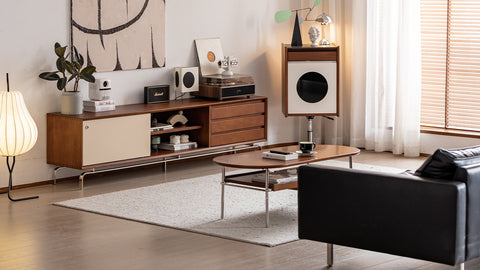

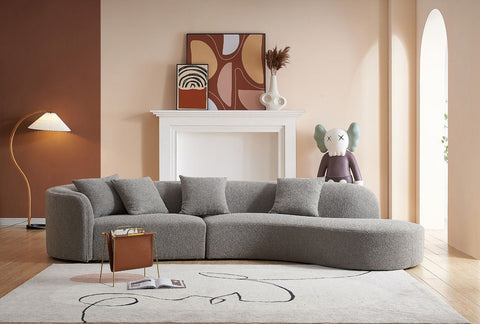
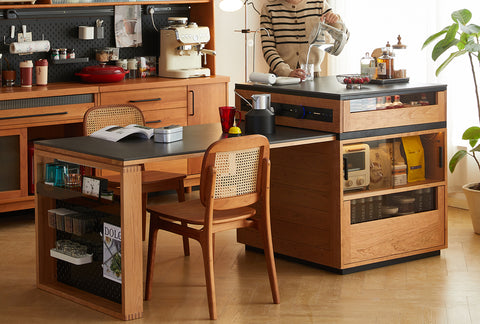
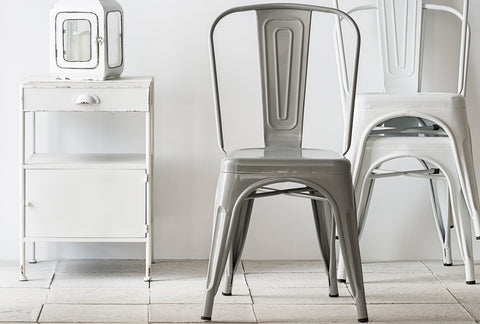
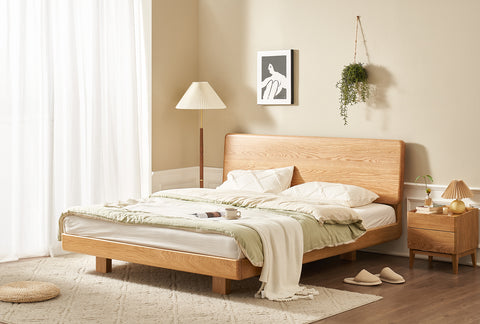
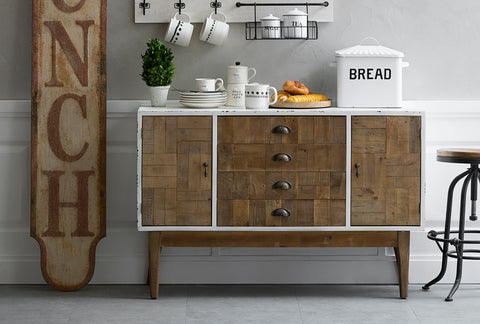




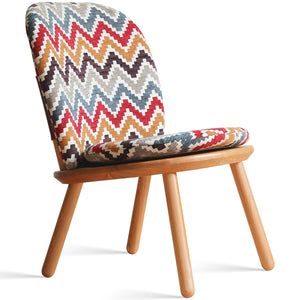
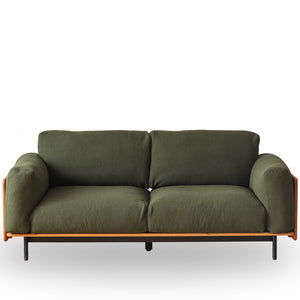
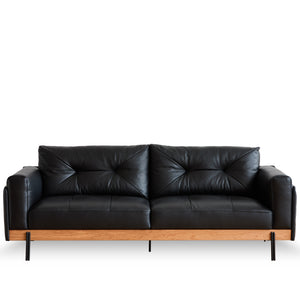
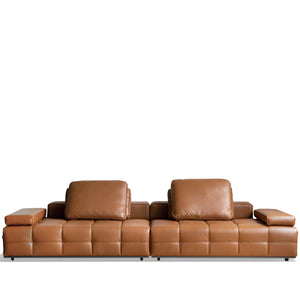
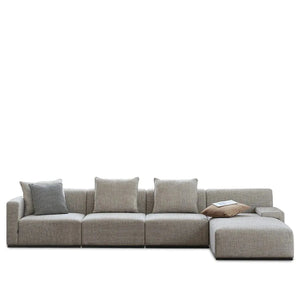
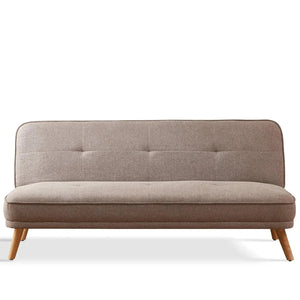
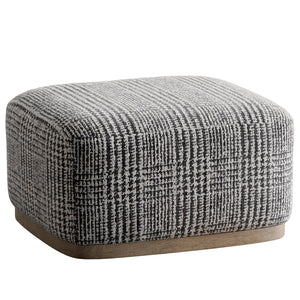

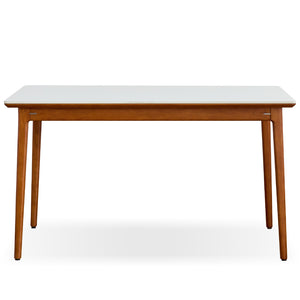
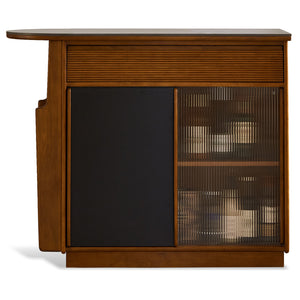
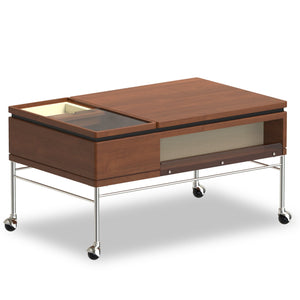
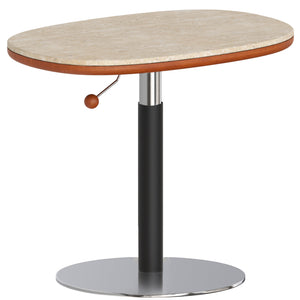
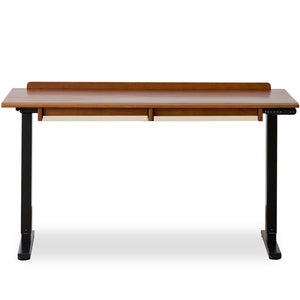
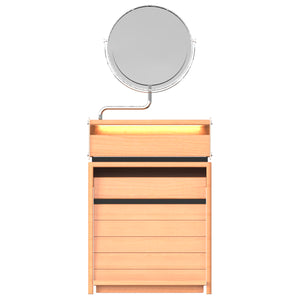

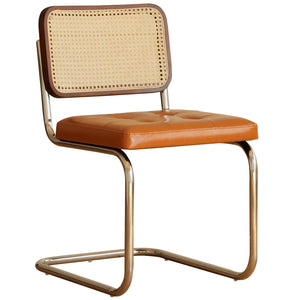
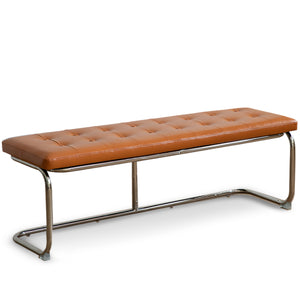
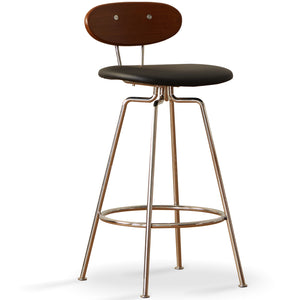

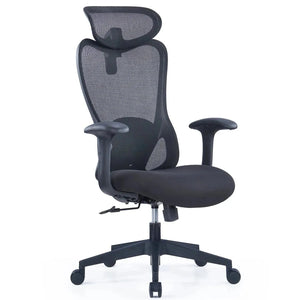

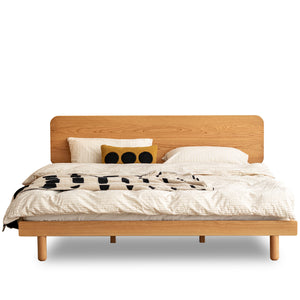
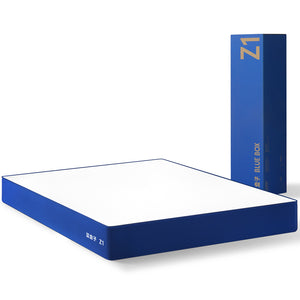

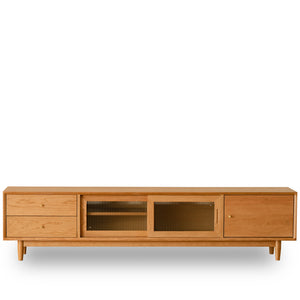
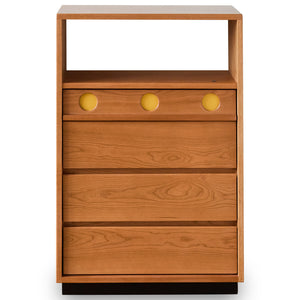
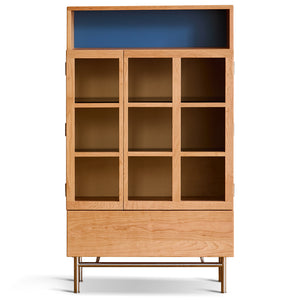
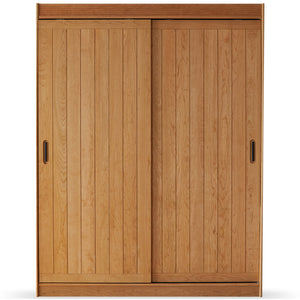
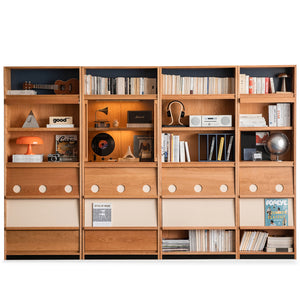

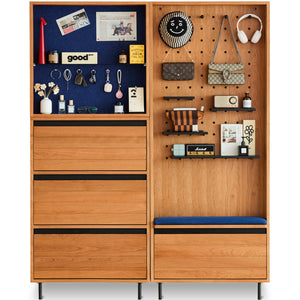
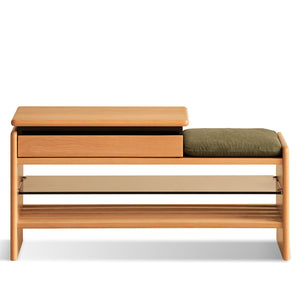
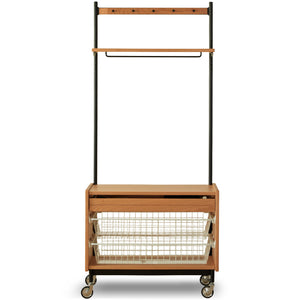






















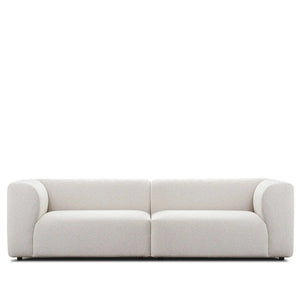




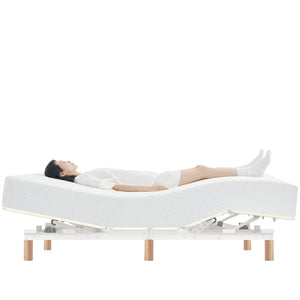
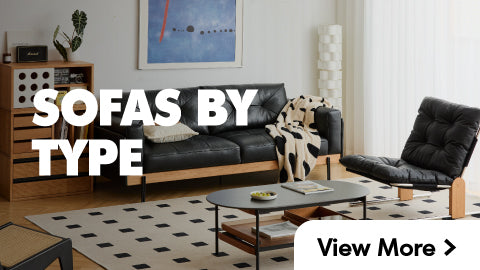
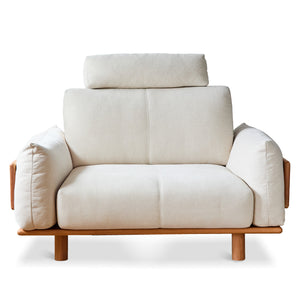

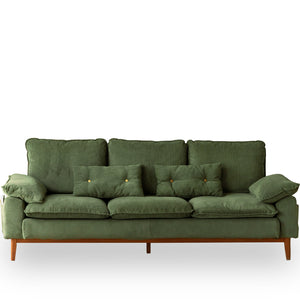
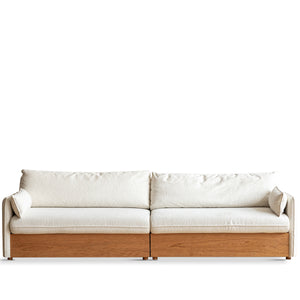
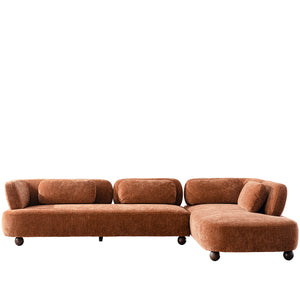
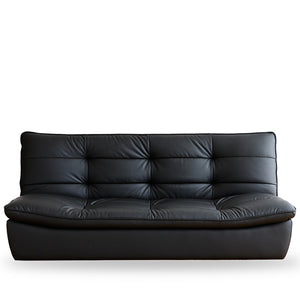
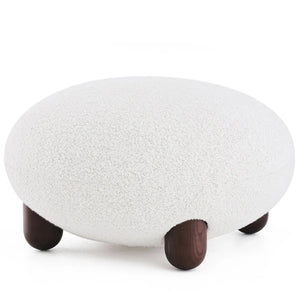
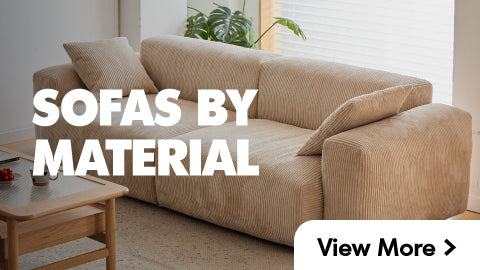
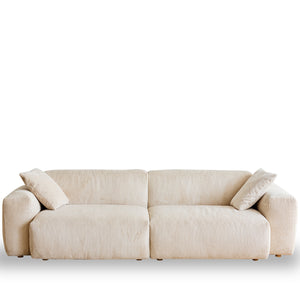
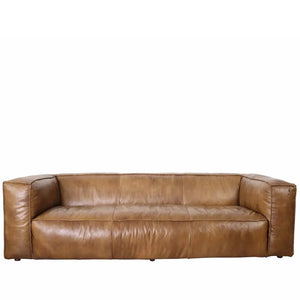
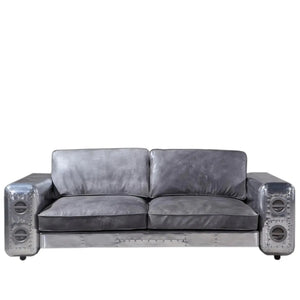
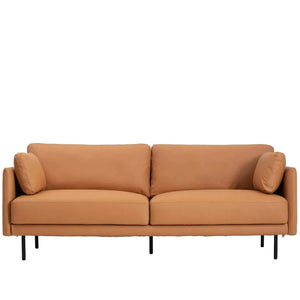
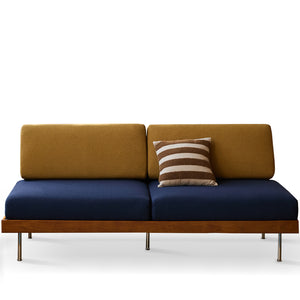
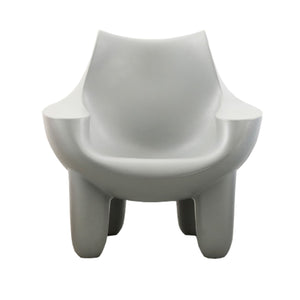


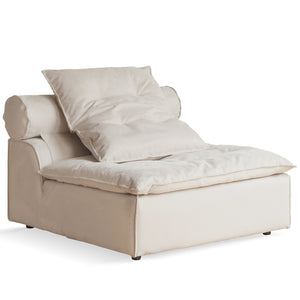

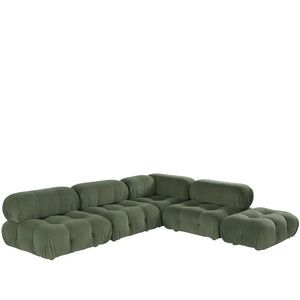
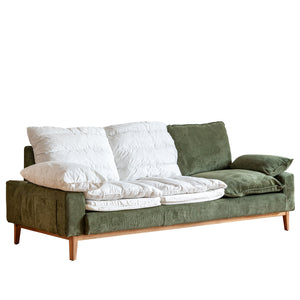
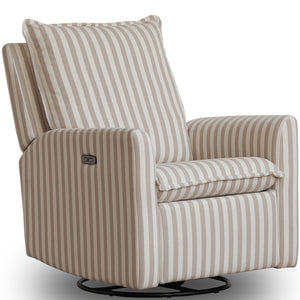

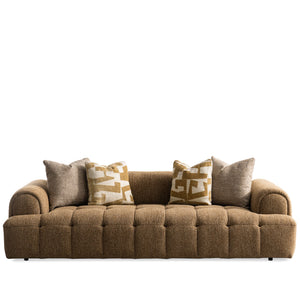

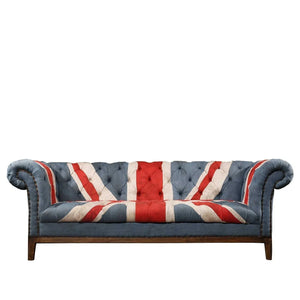
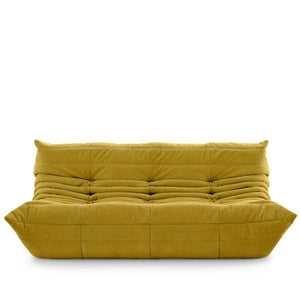
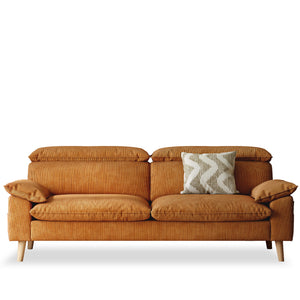

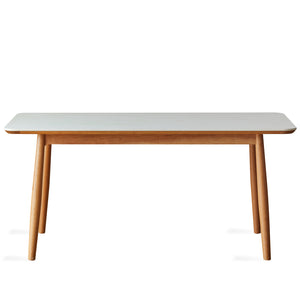
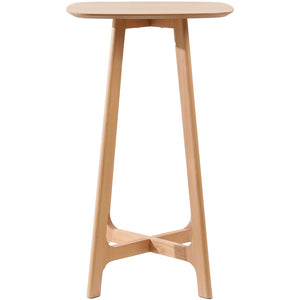
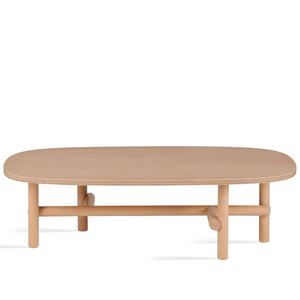
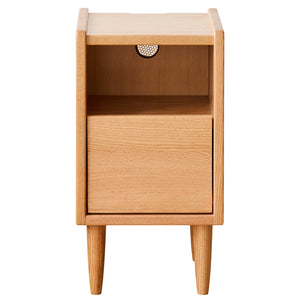
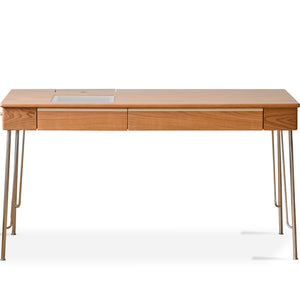
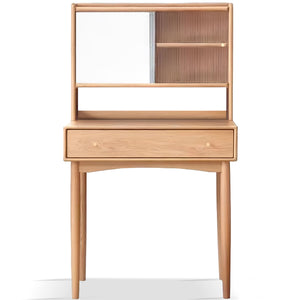

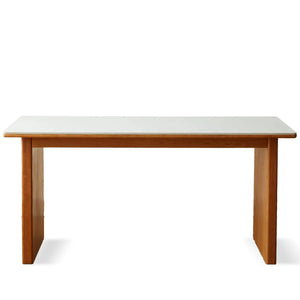
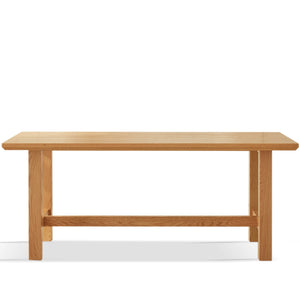
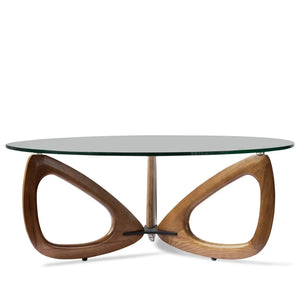
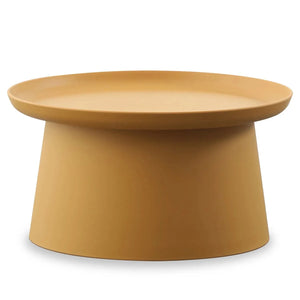

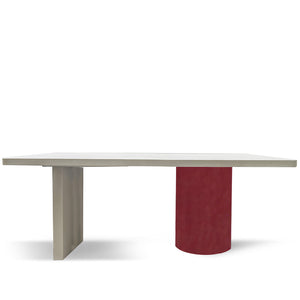

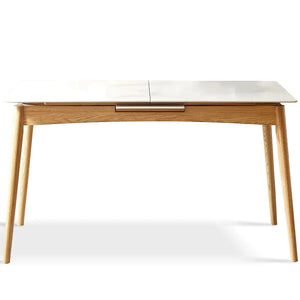
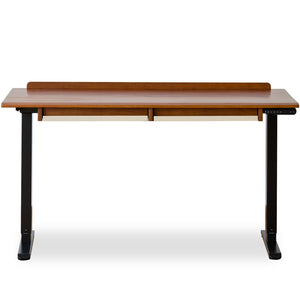
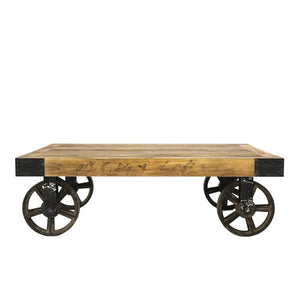

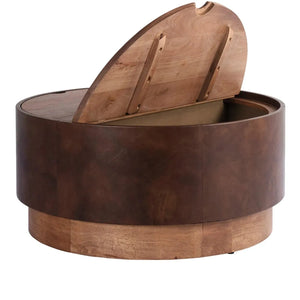

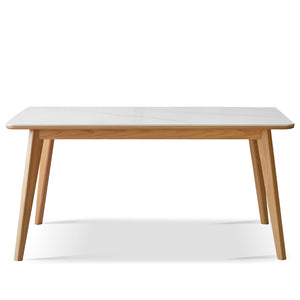

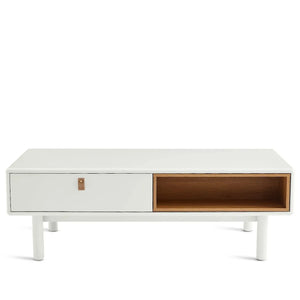
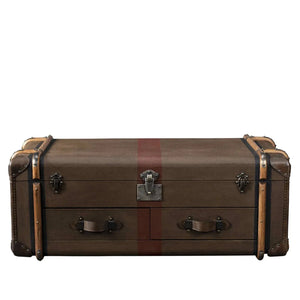
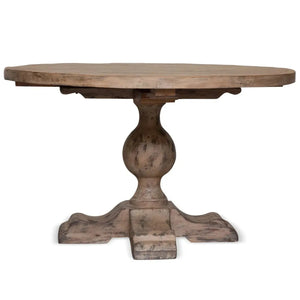
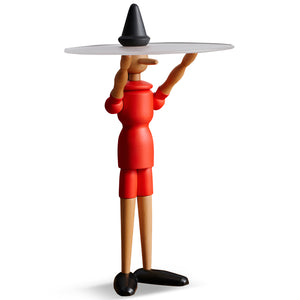

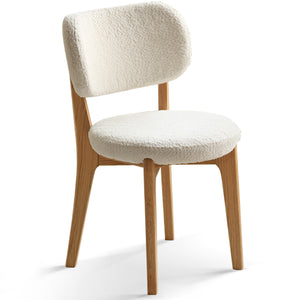
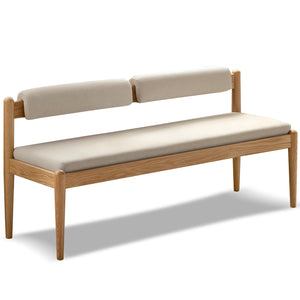
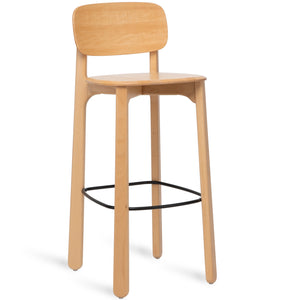
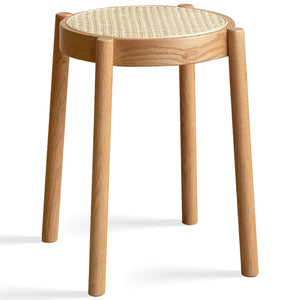
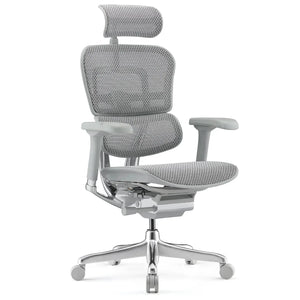
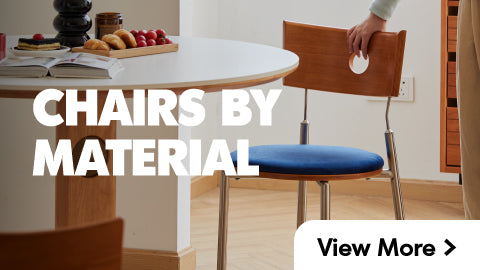
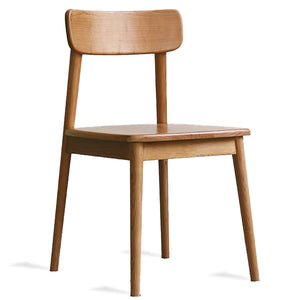
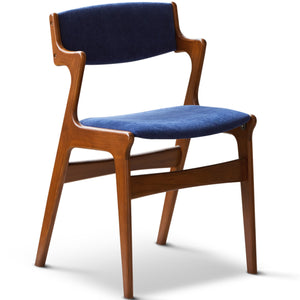
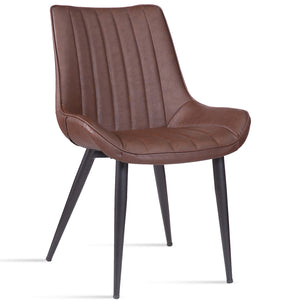
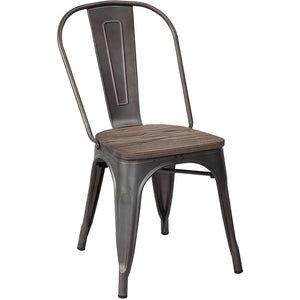
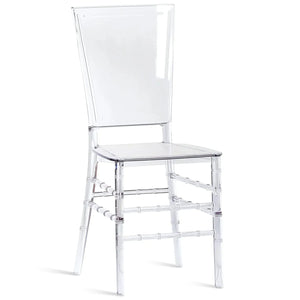
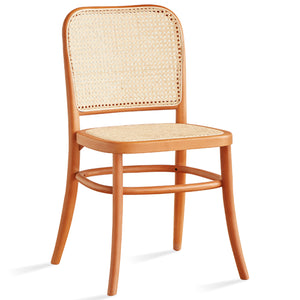
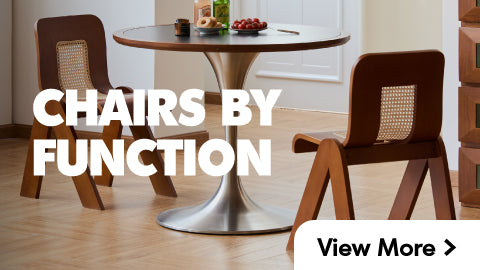
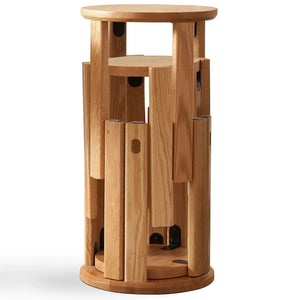

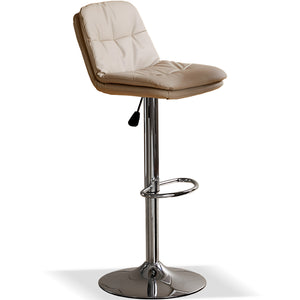
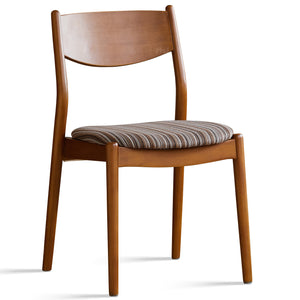
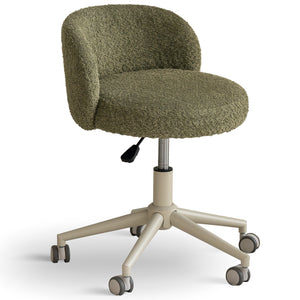
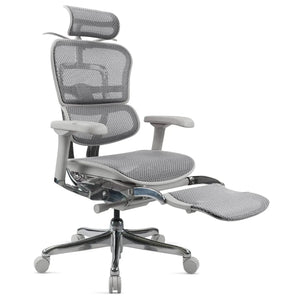

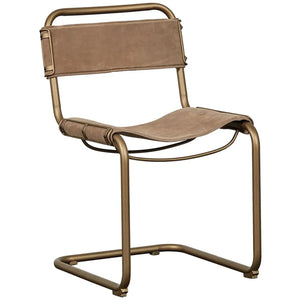
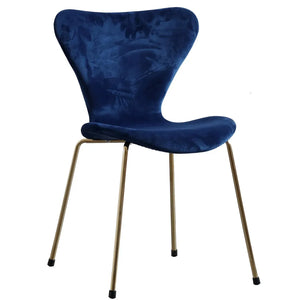
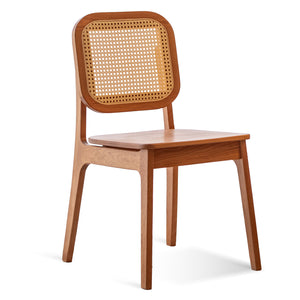
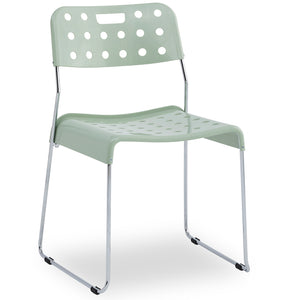
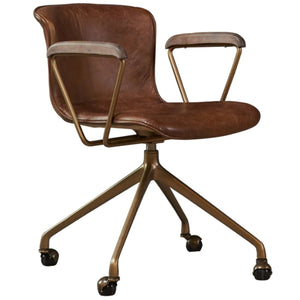

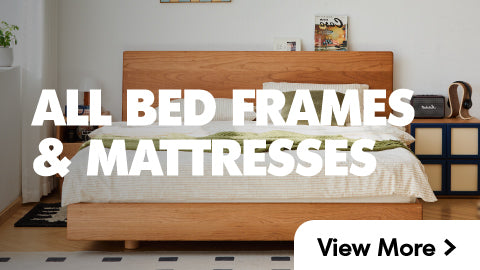
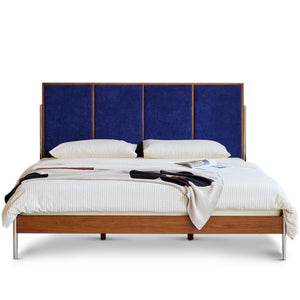
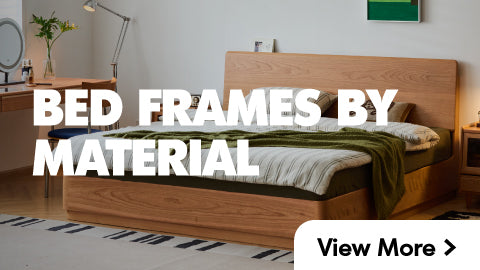
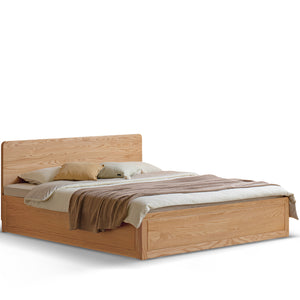
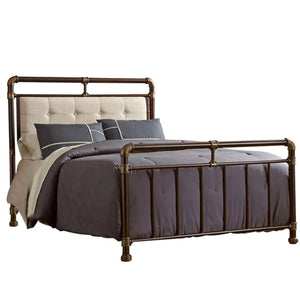
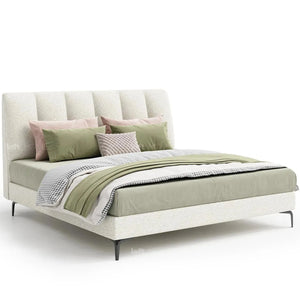
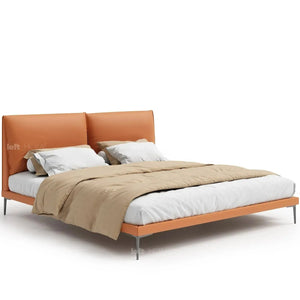
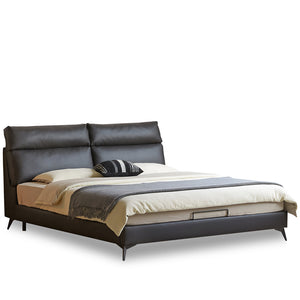
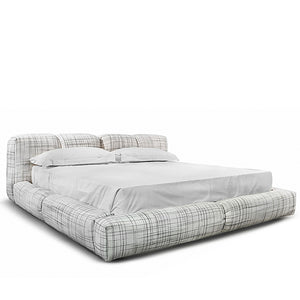

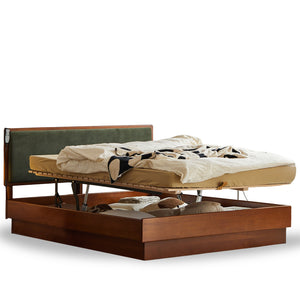


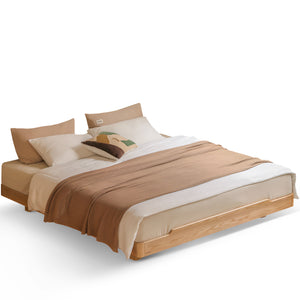
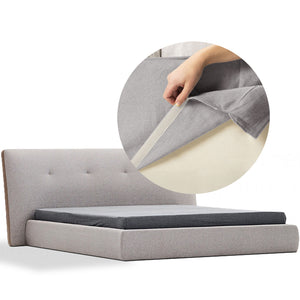
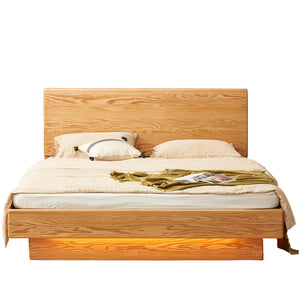

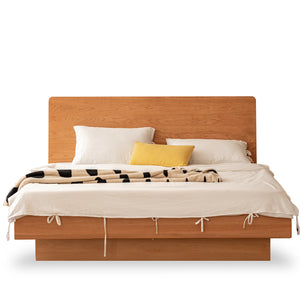
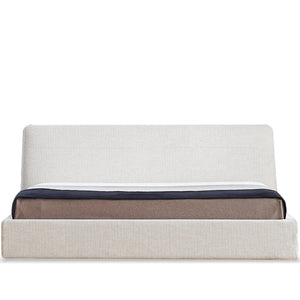
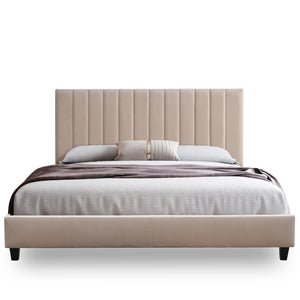
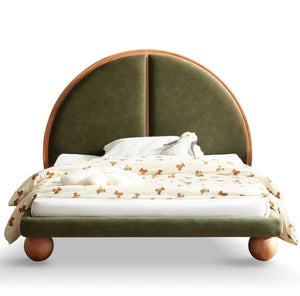
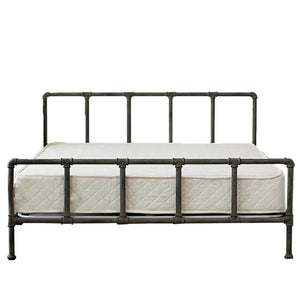

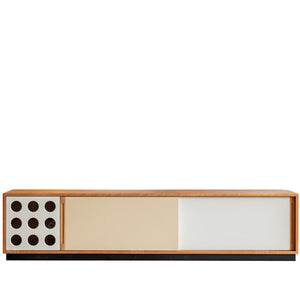

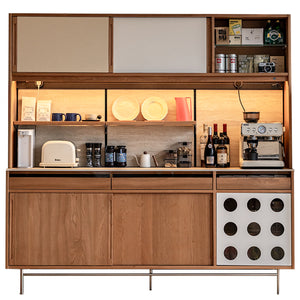
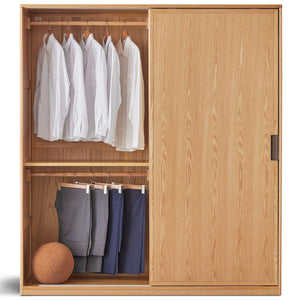
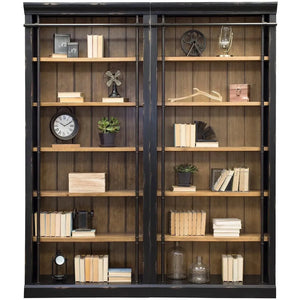
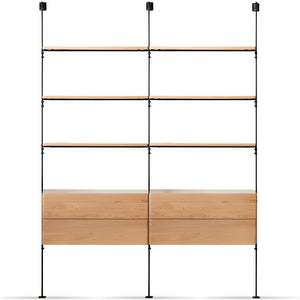
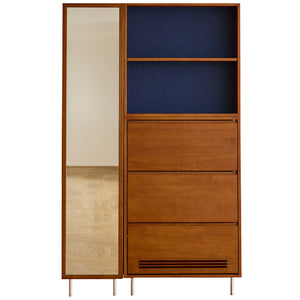
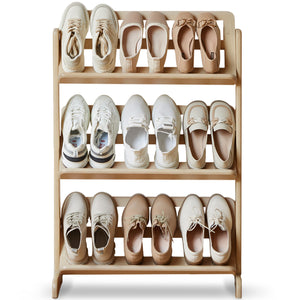
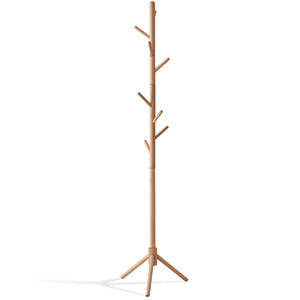

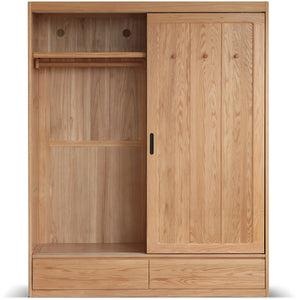
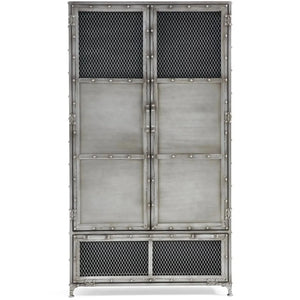
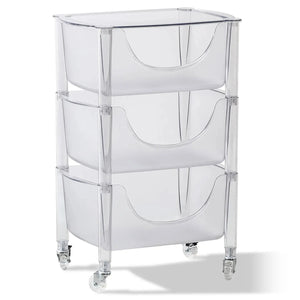
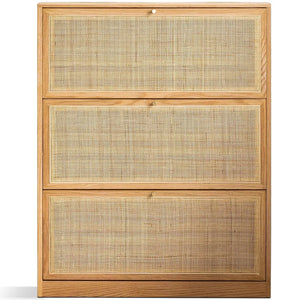
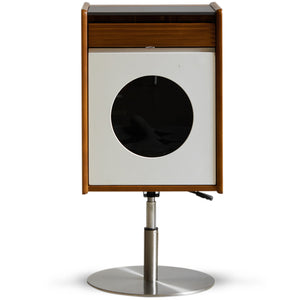
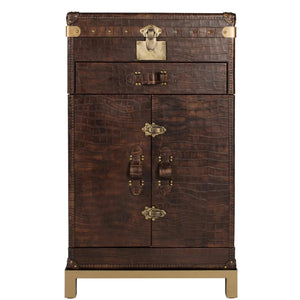

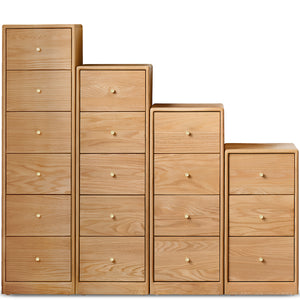
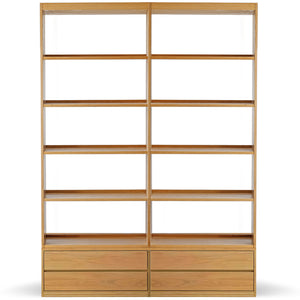
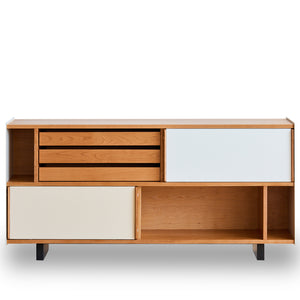
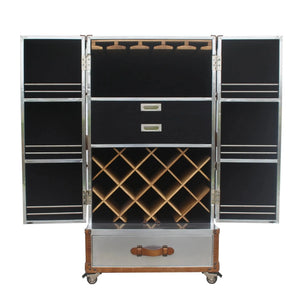
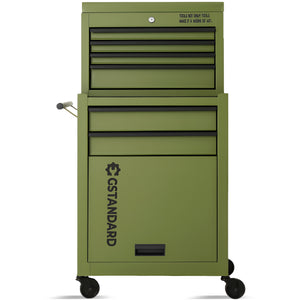


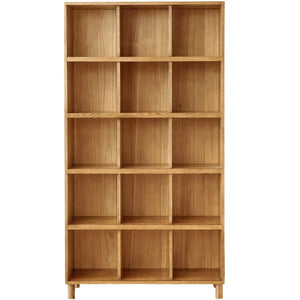

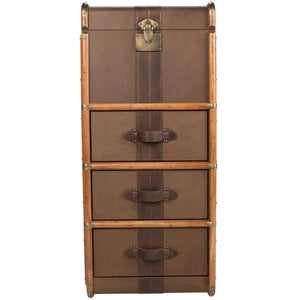
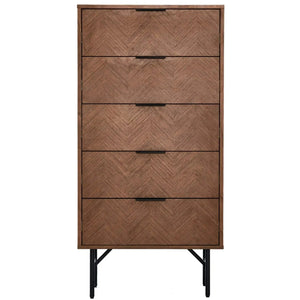

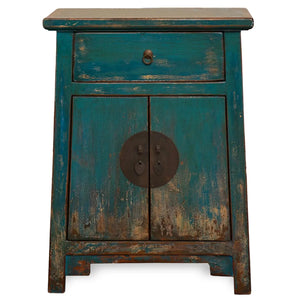


























































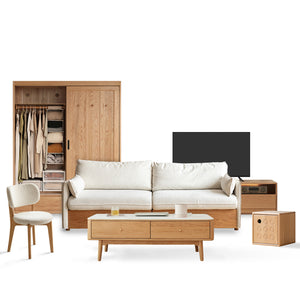
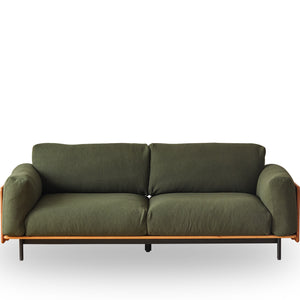
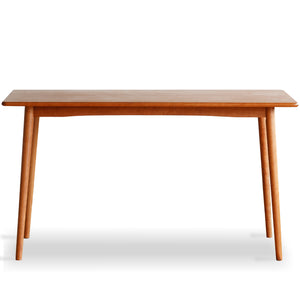
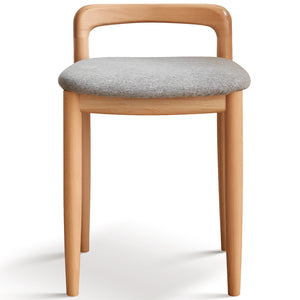
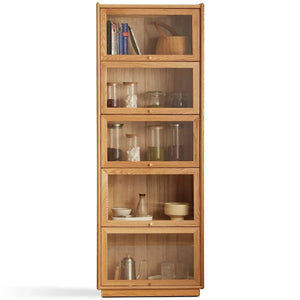
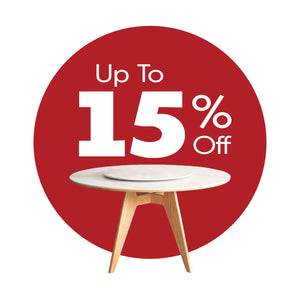


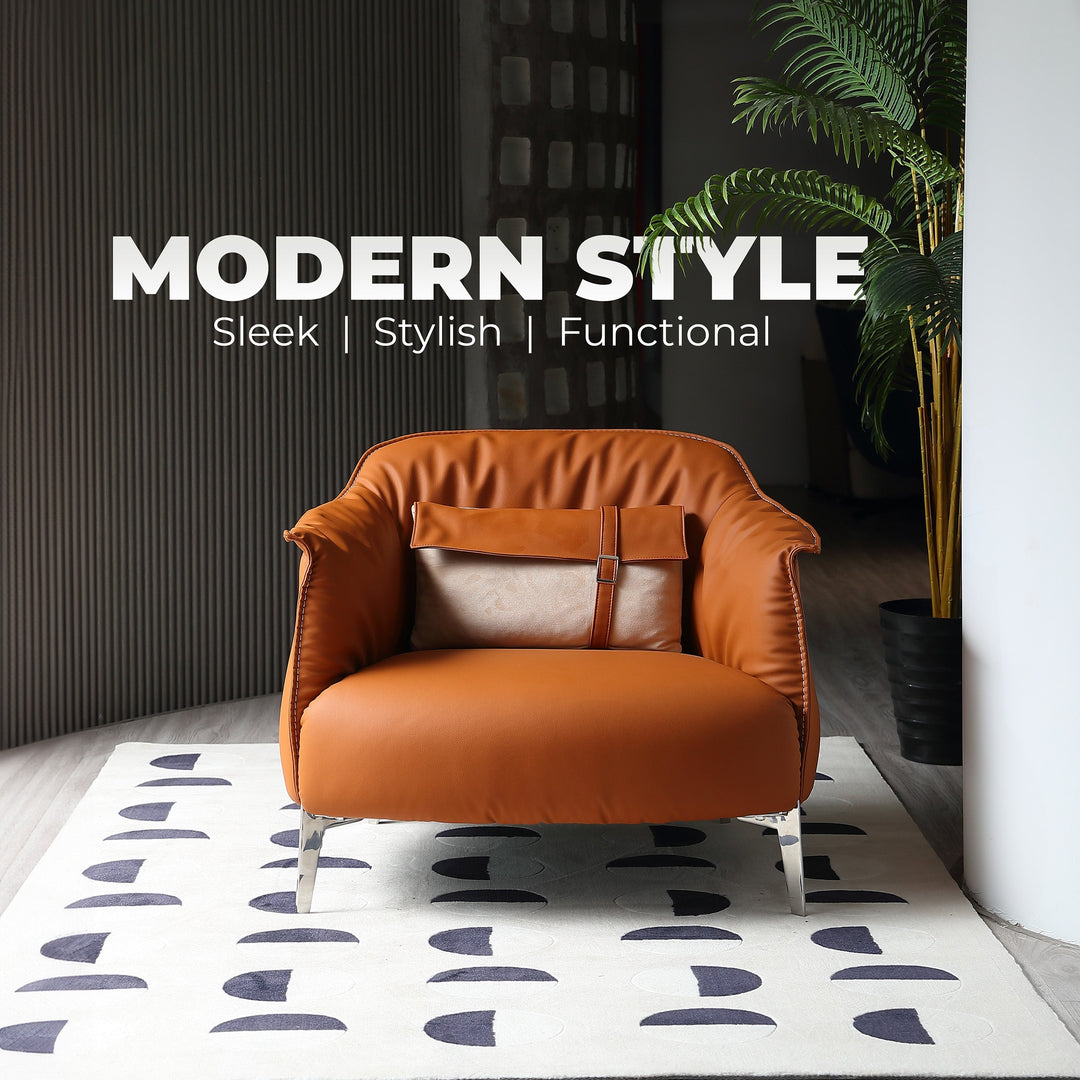
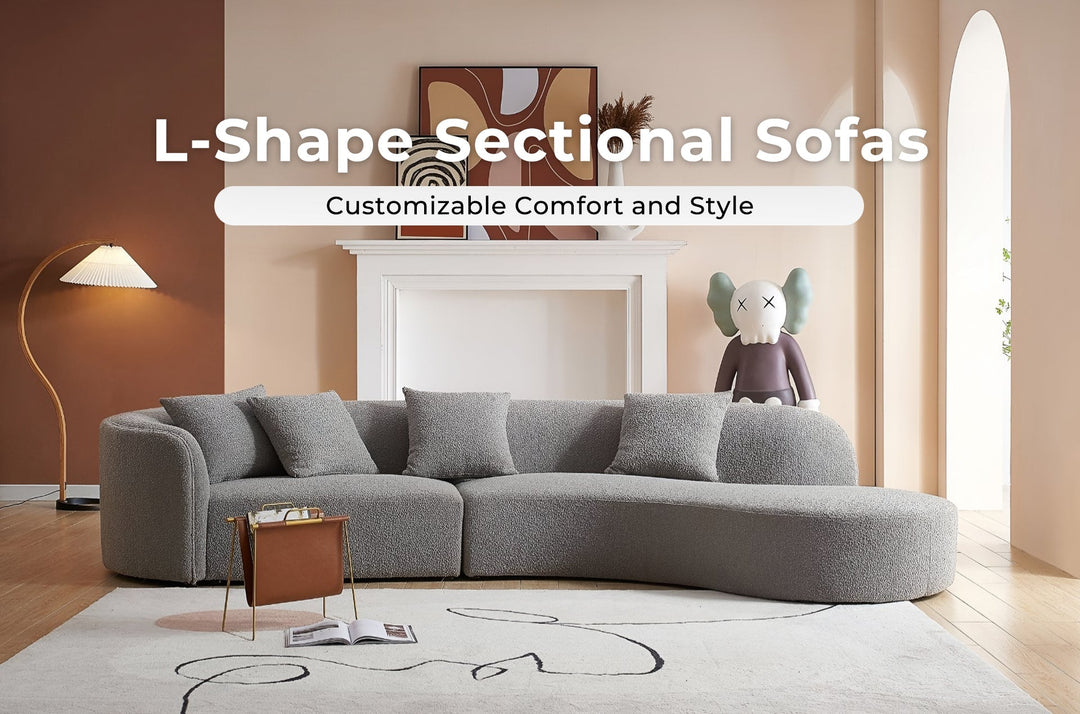

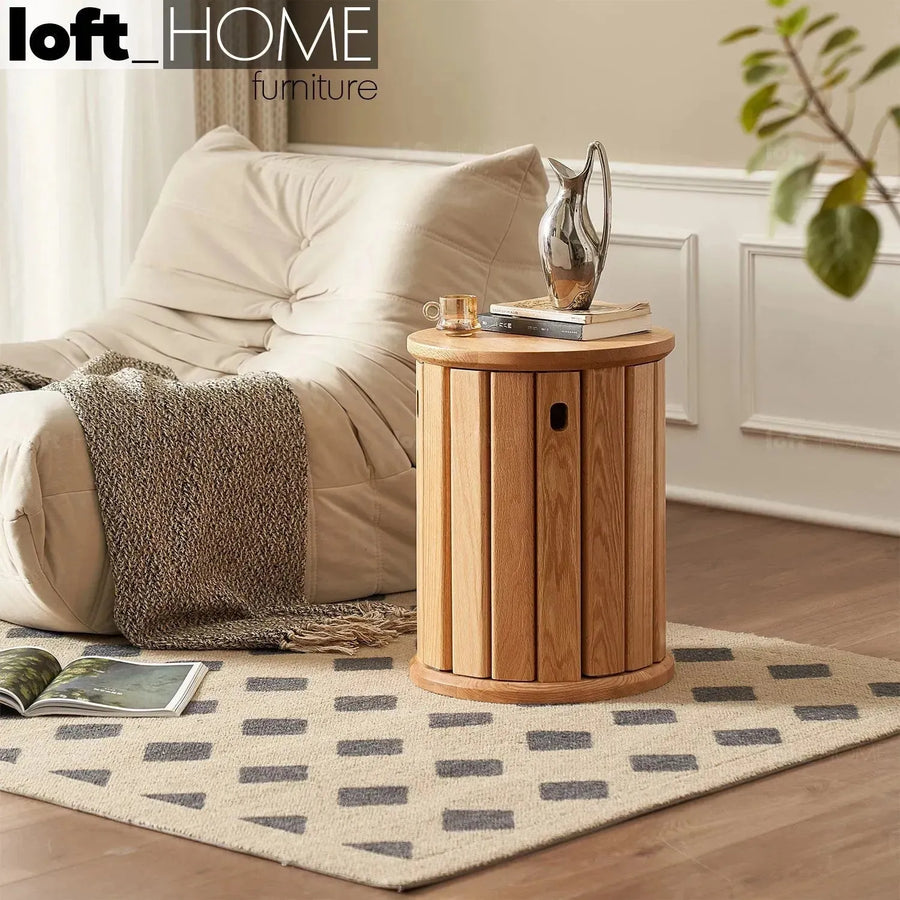
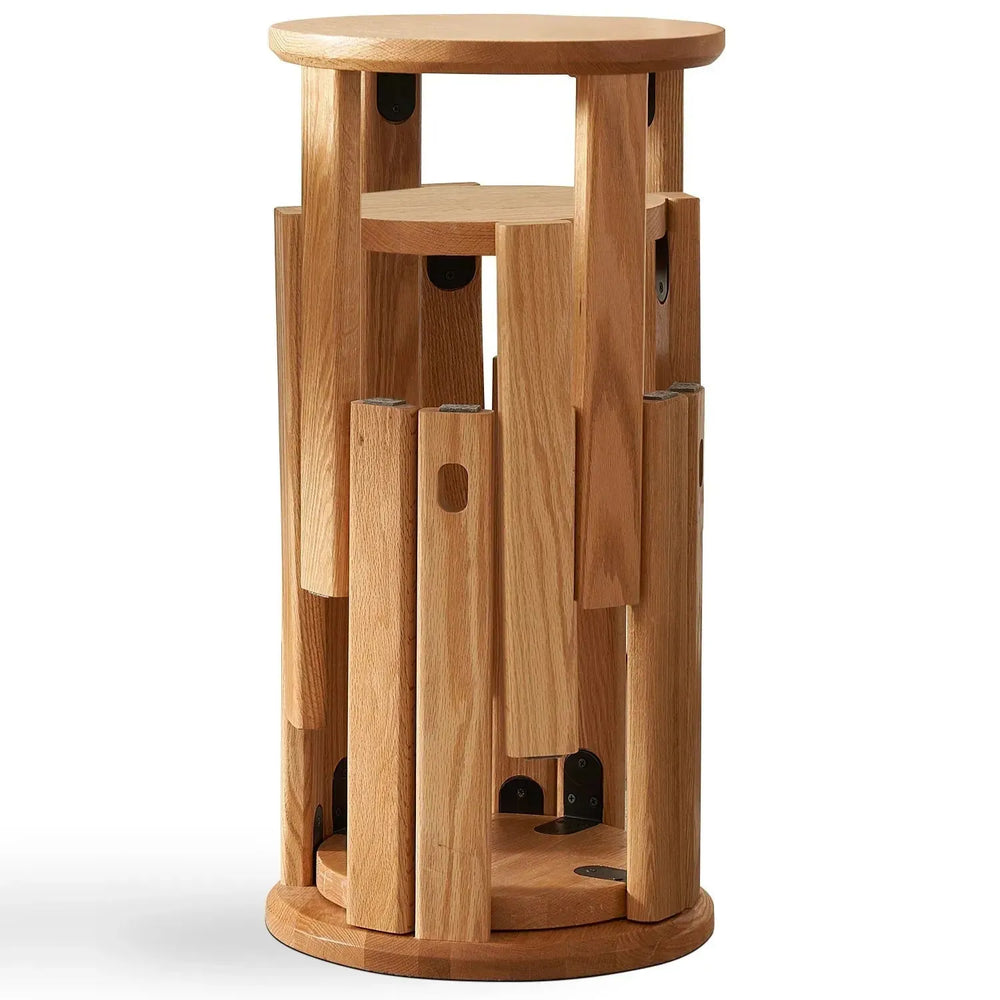



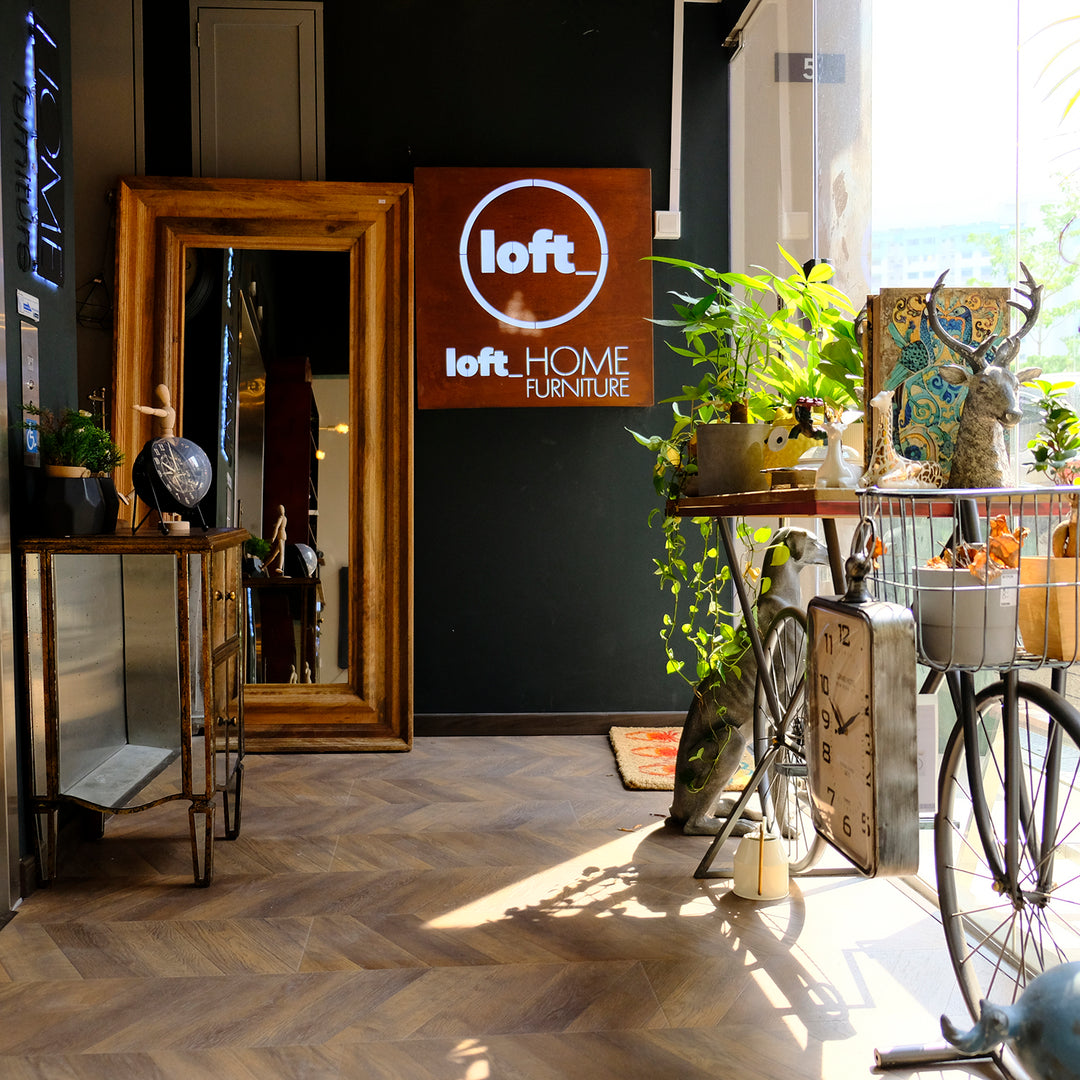
Leave a comment